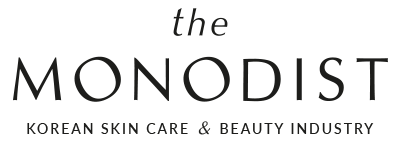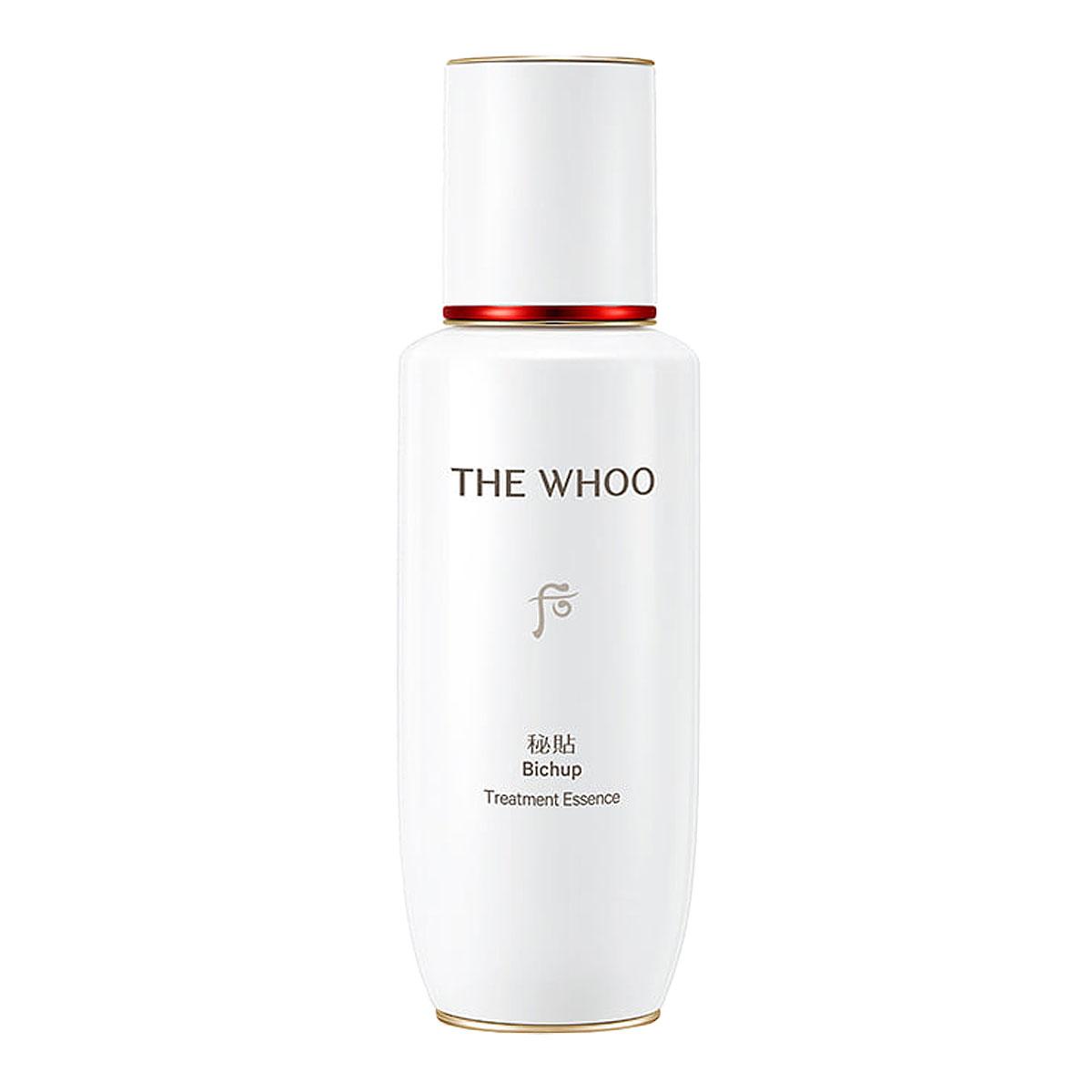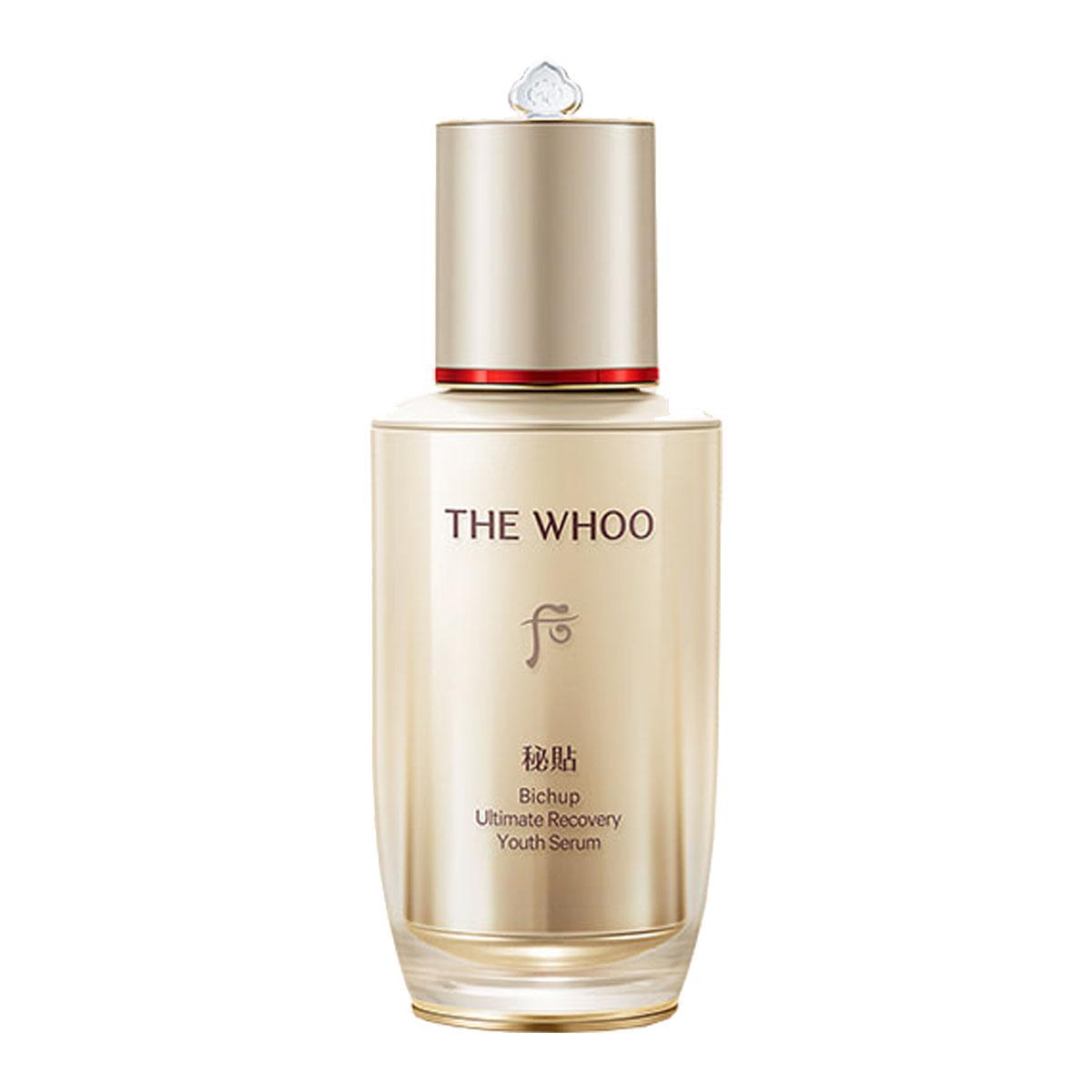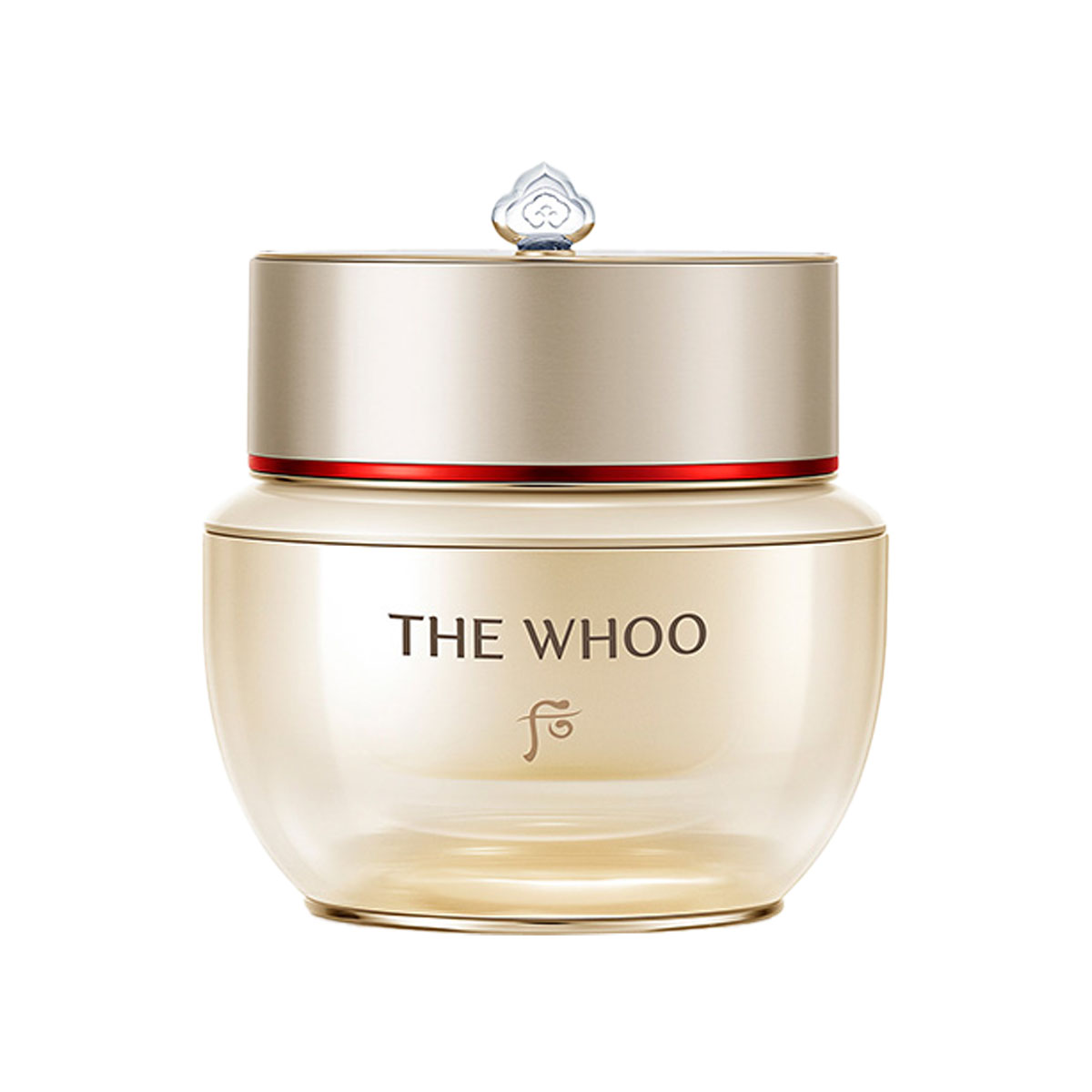The History of Whoo
Bichup line
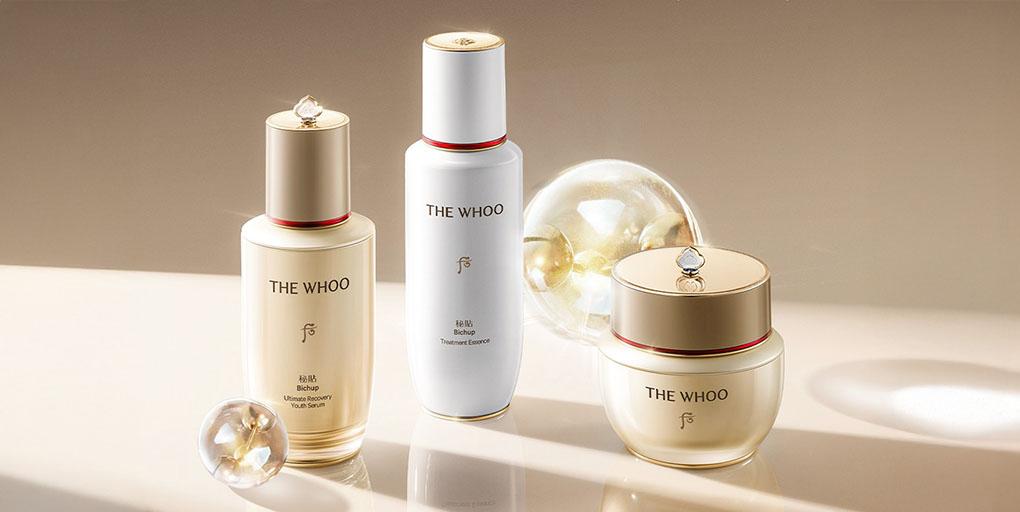
The “Bichup” (비첩) line is The History of Whoo’s representative skincare line. It’s a complete anti-aging skincare treatment that works both preventively and correctively. The products in the “Bichup” line work together to enhance skin’s natural self-repairing power, reduce visible and underlying signs of aging, and improve overall skin immunity.
Disclaimer: I personally translated the majority of facts and contents in this article from original Korean sources, so I kindly ask you to credit my work if you’re planning to use any of the information included in this guide.
Many concepts mentioned in this guide are based on Oriental Medicine principles, for a better understanding please refer to the introduction to Traditional Korean Medicine on this website. It’s important to stress out that there is no correspondence between Oriental Medicine organs and Western anatomy so capitalised names in this article shouldn’t be interpreted in the Western medical sense.
⬥ Recommended for:
Main Ingredients
The key ingredient of the “Bichup” line is NAD Power 24™ a highly-effective age-defying ingredient that helps reinforce skin barrier and stimulate skin regeneration. Along with this ground-breaking ingredient, the products in the “Bichup” line contain the brand’s signature ingredient “Gong Jin Solution™”.
⬥ 1. NAD Power24™
NAD+ (short for Nicotinamide adenine dinucleotide) is an important coenzyme that exists in every living cell. It plays a critical role in a variety of biological processes, including cellular energy metabolism, DNA repair, gene expression and cellular signalling. Its crucial role in upholding cellular health and function makes it a vital molecule for comprehending the aging process.
As we age, NAD+ levels decline, impacting cellular functions and contributing to age-related decline. This decline is connected to all the key signs of aging, such as mitochondrial issues, DNA damage, and compromised cell repair responses.
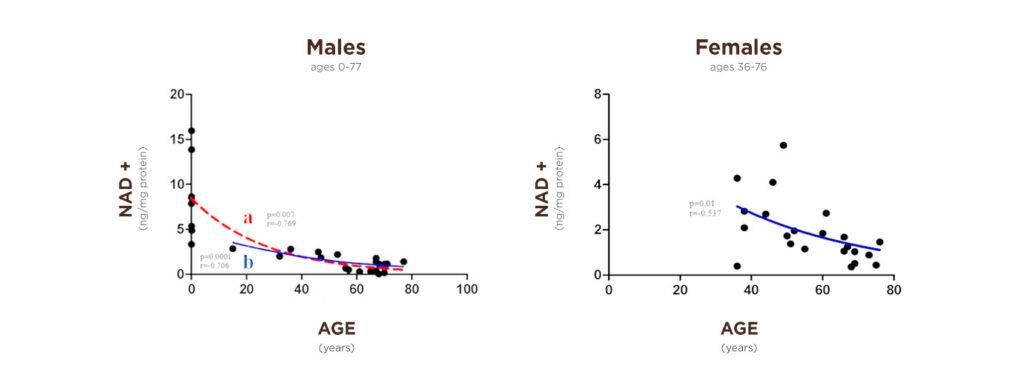
NAD+ decline with age2
NAD+ has garnered significant attention after it was described as an age-reversing ingredient in the book “Lifespan: Why We Age―and Why We Don’t Have To” by David Sinclair from Harvard University, a world-renowned, leading authority in the field of aging genomics. Research has in fact shown that boosting NAD+ levels through supplementation or lifestyle interventions may help mitigate the effects of aging and promoting overall health and longevity.
That’s why many researchers are focusing on NAD+ as a next-generation anti-aging treatment.
development of nad power24™:
Like the rest of the body, the skin also experiences a decline in epidermal NAD+ levels over time. This decline in NAD+ is one of the key factors that contribute to skin aging. Consequently, younger individuals or those with minimal skin damage typically exhibit higher concentrations of epidermal NAD+.
Until recently, NAD+ had not been widely used as a cosmetic ingredient due to its poor ability to penetrate the skin. After dedicating more than 20 years to researching skin self-regeneration and studying the anti-aging effects of NAD+ for the past decade, the Whoo Oriental Medicine Skin Science Research Center has developed a transfersome technology to enhance skin permeability and stability of NAD+, resulting in improved skin penetration and intracellular delivery of the ingredient. This NAD+ transfersome ingredient is called: NAD Power24™, a key age-defying ingredient.
Compared to NAD+, NAD Power24™ is 5 times more stable and its skin absorption rate was shown to be over 94% higher.
Patent (pending): 10-2024-0026673 Cosmetic composition containing nicotinamide adenine dinucleotide and elastic liposomes.
merging tradition and modern science:
Furthermore, to maximise the effectiveness of NAD Power24™ and intracapsular NAD+, the Whoo Oriental Medicine Skin Science Research Center developed a formulation that combines NAD Power24™ with Licorice (a source of Enoxolone) and “Yoonseolran” (rich in Quercetin) in an optimal ratio, both known for their excellent antioxidant properties.
“Yoonseolran” (윤설란) is a skin refining ingredient extracted from Black Crowberry (Empetrum nigrum L.). The plant is naturally rich in Quercetin, a substance with senolytic properties that induces apoptosis of aging cells.
Patent (pending): 10-2024-0026371 Skin improving composition containing nicotinamide adenine dinucleotide.
⬥ 2. Jahabichup Complex™
All products in The History of Whoo’s “Bichup” line contain “Jahabichup Complex™” (자하비첩 Complex™, 紫河秘贴 Complex™) a proprietary ingredient designed to revive skin and enhance its self-regenerating power. The ingredient is the result of 15 years of research using the latest data mining technology. Through data mining, LG Household & Health Care analysed twenty million studies to discover the best traditional ingredients that could deliver the desired effects.
“Jahabichup Complex™” combines Chojahabidan (초자하비단, 超紫河精萃), the signature ingredient of The History of Whoo’s “Bichup” line, with “Royal Bowondan” (궁중보원단, 补元精萃), a blend of three traditional royal remedies, to deliver a comprehensive anti-aging treatment that revitalises the skin, promotes self-regeneration, minimises the appearance of wrinkles, improves elasticity, and enhances skin radiance.
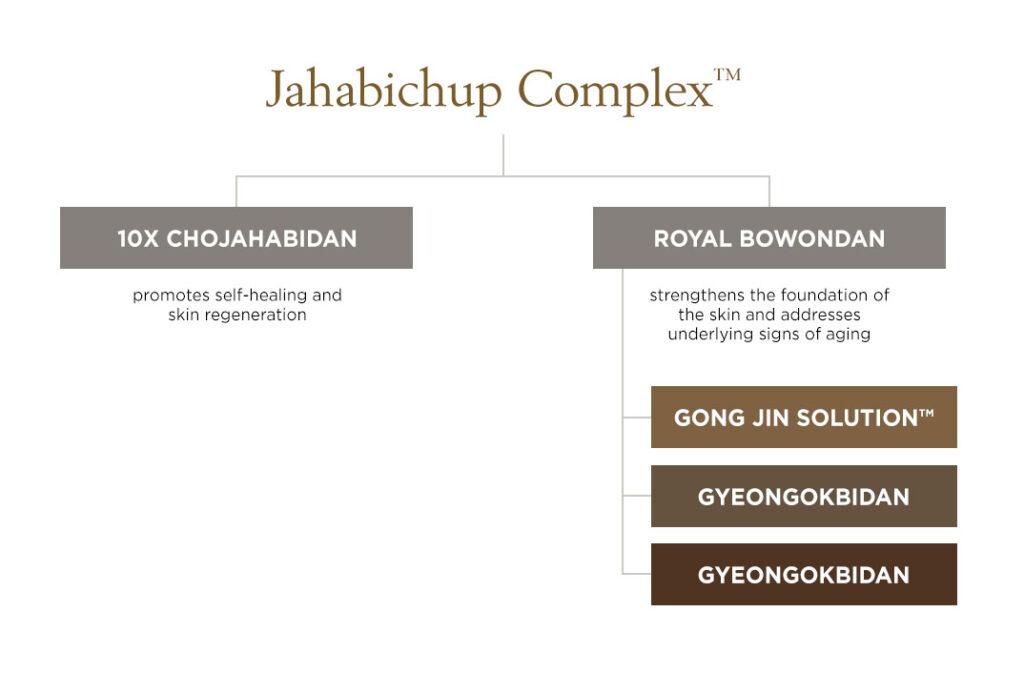
⬥ 2.1 Chojahabidan
The “Jahabichup Complex™” contains ten times the concentration of Chojahabidan (초자하비단, 超紫河精萃), the original signature ingredient The History of Whoo’s “Bichup” line since its launch in 2009. Chojahabidan is a plant-derived ingredient created by the brand to enhance the skin’s natural ability to heal itself. This ingredient is a powerful blend of vitamins, peptides, amino acids, and growth factors that mimic the properties of Jahageo (자하거, 紫河車), or Hominis Placenta, a traditional royal remedy used to treat Qi (vital energy) deficiency and, in turn, reinvigorate the body.
The Donguibogam, the most representative text of Traditional Korean Medicine, describes the Jahageo as follows:
It’s used to cure emaciated individuals that are lacking vital energy and nutrition, weak individuals with a body exhausted by overwork, and those who suffer from skin pigmentary changes and melasma.
DONGUIBOGAM (1613)4
Overall, “Chojahabidan” was developed to mimic the effects of human placenta (Jahageo), thereby enhancing the skin’s natural ability to recognise and address its weaknesses, promoting self-healing and skin regeneration.
⬥ 2.2 Royal Bowondan
After studying various historical records and traditional Oriental Medicine texts, researchers at LG Household & Health Care identified the three primary herbal prescriptions used for the health of Eastern royals: Gongjindan (공진단, 拱辰丹), Kyungokgo (경옥고, 瓊玉膏) and Cheongsimwon (청심원, 淸心元). By merging these traditional formulas with contemporary dermatological science, the team developed three innovative cosmetic ingredients:
Together they form “Royal Bowondan” (궁중보원단, 补元精萃) a multifunctional formula designed to nourish the Three Treasures (삼보, 三寶) of Oriental Medicine: Essence (정, 精), Energy (기, 氣), and Spirit (신, 神) and address underlying skin conditions before they become apparent.
⬥ 2.2.1 Gong Jin Solution™
All products from The History of Whoo incorporate “Gong Jin Solution™“, a proprietary herbal complex that constitutes the brand’s signature ingredient. This complex represents an evolution of “Gongjinbidan” (공진비단, 拱辰秘丹), which was previously the representative ingredient of the brand.
Gong Jin Solution™ was developed through The History of Whoo’s integrative medicine research. This development involved isolating and blending the brand’s former signature anti-aging ingredient Gongjinbidan with three of its key skin-firming active components, collectively referred to as “Gongjinbidan Active.” The components of Gongjinbidan Active include Glycoproteins, Arginine, and Glutamic Acid.
Gongjinbidan (공진비단, 供辰秘丹):
The History of Whoo’s “Gongjinbidan” is based on “Gongjindan” (공진단, 拱辰丹), a traditional Oriental medicine prescription originally created by Chinese physician Wei Yilin. According to the classical text or Oriental Medicine “Efficacious Remedies of the Physicians” (세의득효방, 世醫得效方), “Gongjindan” was a remedy exclusively reserved for emperors and for this reason, it earned the name of “Emperor’s Medicine”1.
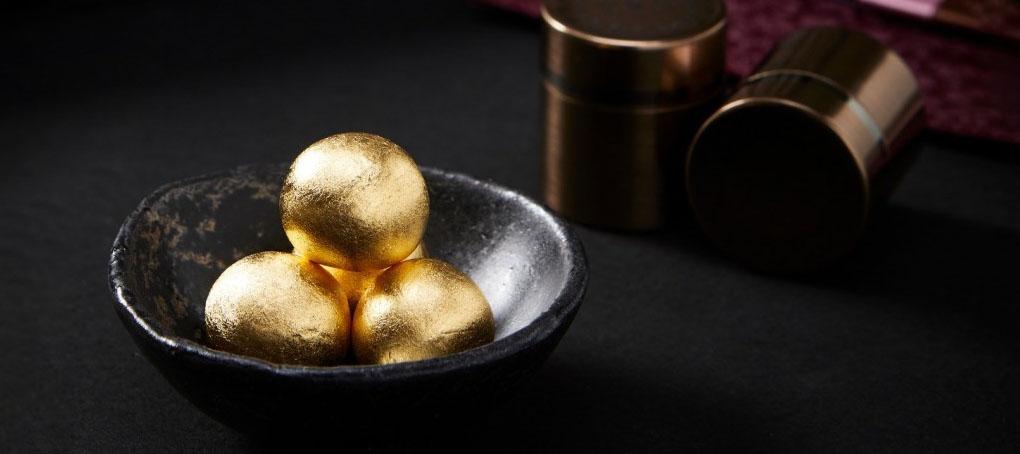
[source: 백록담한의원]
“Gongjindan” appears in many traditional medical texts from China and Korea and it’s described as a remedy that strengthens the body’s immune defences and brings back the natural balance between its organs.
The Donguibogam (the most representative text of Traditional Korean Medicine) describes “Gongjindan” as follows:
“If a man is sickly even after growing up, he is constitutionally weak. In such a case, body fluids should be increased but body heat should be cooled down. Other medicines are inefficacious against it, but this medicine is effective to harmonize internal organs with each other and to prevent various diseases.”
DONGUIBOGAM (1613)
To this day, “Gongjindan” is a vital tonic that is still commonly used in many Asian countries to combat chronic fatigue, weak constitution and deteriorated immunity.
Through the integration of modern science, LG Household & Health Care developed a cosmetic ingredient based on the original prescription for “Gongjindan”: “Gongjinbidan” (공진비단, 供辰秘丹).
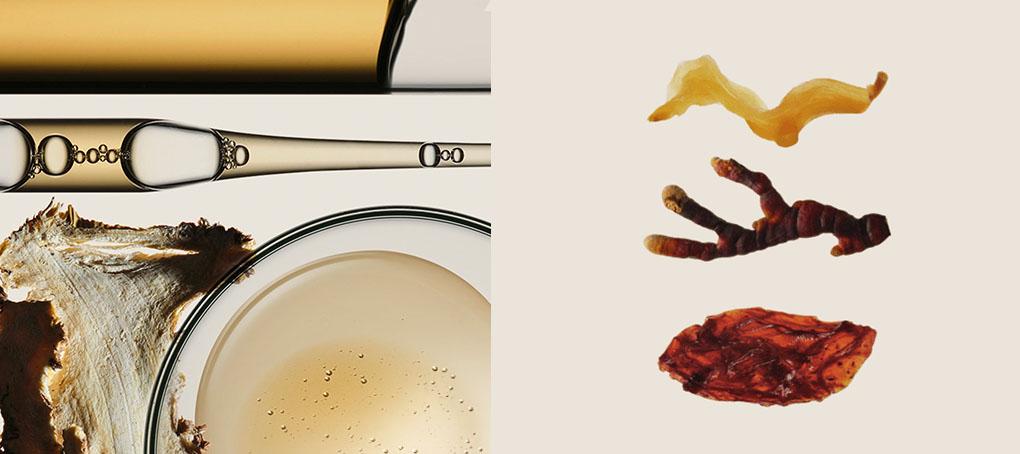
Active Tracking Technology:
At the heart of the new “Gong Jin Solution™ is The History of Whoo’s Active Tracking Technology, an innovative Hanbang Bio-Po Jae technology that effectively delivers the skin-firming properties of Gongjinbidan to the skin.
The term Po Jae (포제, 炮制) refers to traditional methods in Korean medicine designed to prepare herbs for medicinal use. These techniques are designed to enhance or modify specific qualities of the herbs, tailoring them for targeted therapeutic effects. (For further details, please consult the guide on Traditional Korean Medicine available on this website, specifically section 3.3, which covers “Herb preparation and processing methods”).
The History of Whoo combined traditional Po Jae techniques with cutting-edge biotechnology to enhance the skin-firming properties of their classic ingredient, Gongjinbidan. This combination results in improved skin firmness and a more youthful appearance, providing a skincare experience that harmoniously integrates ancient wisdom with modern technology.
Key Ingredients of Gong Jin Solution™
The History of Whoo’s new “Gong Jin Solution™ appears in ingredient lists as:
1,2-Hexanediol, Angelica Gigas Root Extract, Arginine, Asparagus Cochinchinensis Root Extract, Butylene Glycol, Cornus Officinalis Fruit Extract, Ethylhexylglycerin, Ganoderma Lucidum (Mushroom) Extract, Glutamic Acid, Glycoproteins, and Thymus Vulgaris (Thyme) Extract, Water
In particular, the ingredient includes with five traditional herbal remedies:
Overall, the ingredient promises to increase energy flow, while also rebalancing and reinvigorating skin to enhance the skin’s intrinsic energy and elasticity.
⬥ 2.2.2 Gyeongokbidan
Gyeongokbidan (경옥비단, 琼玉精萃) is a modern reinterpretation of Gyeongokgo (경옥고, 瓊玉膏), one of the three main restorative remedies documented in the Donguibogam5. Gyeongokgo has been often referred to as “Noblemen’s medicine”6 because it was historically a prescription reserved exclusively for nobles and members of the royal court.
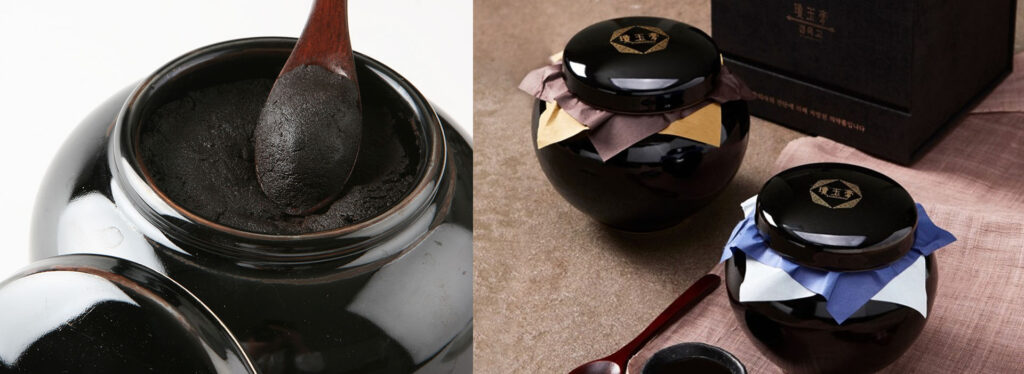
Gyeongokgo was traditionally used to address chronic fatigue and emaciation associated to Lung Qi and Yin Deficiency5 . In Oriental Medicine, Lung Qi plays a crucial role in managing the retention or elimination of fluids via the skin, which directly influences the opening and closing of skin pores. When Lung Qi is deficient, the pores may appear more enlarged and pronounced. On the other hand, Yin deficiency manifests through a generalised dryness across all vital organs, skin included.
Through the application of a proprietary technology, the Whoo Oriental Medicine Skin Science Research Center has developed Gyeongokbidan, a cosmetic ingredient based the original Gyeongokgo prescription. Gyeongokbidan is designed to rebalance Lung Qi and Yin while enhancing skin texture by replenishing moisture levels and minimising the appearance of pores.
Gyeongokbidan appears in ingredient lists as:
Panax Ginseng Root Extract, Ophiopogon Japonicus Root Extract, Rehmannia Chinensis Root Extract, and Poria Cocos Sclerotium Extract.
⬥ 2.2.3 Cheongsimbidan
Cheongsimbidan (청심비단, 淸心秘丹) is based on classic Korean herbal remedy Cheongsimwon (청심원, 淸心元), a prescription used to reduce excess heat in the Heart and the Liver and, in turn, treat cardiovascular conditions. As a cosmetic ingredient Cheongsimbidan is designed to relieve redness and irritation, eliminate impurities and rebalance skin to ultimately strengthen the foundation of the skin and promote a clear and radiant complexion.
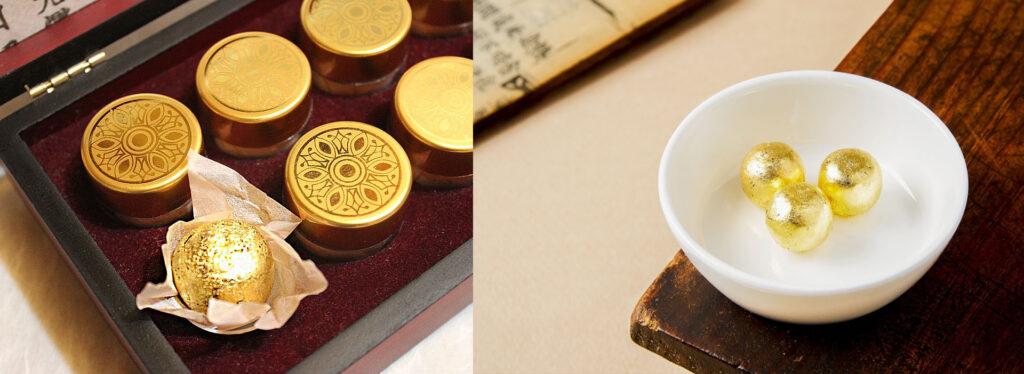
Cheongsimbidan appears in ingredient lists as:
Atractylodes Japonica Rhizome Extract, Cinnamomum Cassia Bark Extract, Dioscorea Japonica Root Extract, Glycyrrhiza Glabra (Licorice) Root Extract, Paeonia Lactiflora Root Extract, Saposhnikovia Divaricata Root Extract and Ziziphus Jujuba Fruit Extract.
⬥ 3. Yoonseolran
“Yoonseolran” (윤설란) is a skin refining ingredient extracted from Black Crowberry (Empetrum nigrum L.). The plant is naturally rich in Quercetin, a substance with senolytic properties that induces apoptosis of aging cells. In The History of Whoo’s “Bichup” line, “Yoonseolran” is used to optimise the effects of NAD Power24™.
Patent (pending): 10-2024-0026371 Skin improving composition containing nicotinamide adenine dinucleotide.
⬥ 4. Cordycepin
Cordyceps Militaris (동충하초 코디세핀, 冬虫夏草) is a parasitic fungus renowned in Oriental Medicine for its wide range of pharmacological effects, which encompass anti-tumour, immunomodulatory, anti-inflammatory, and reinvigorating properties. Similar to Wild Ginseng, it is a naturally rare ingredient, which has contributed to its status as the world’s most expensive fungus, with prices soaring as high as $140,000 per kilogram7.
Cordycepin is the main bioactive compound found in Cordyceps Militaris. It works to energise and rejuvenate skin by improving cell senescence8.
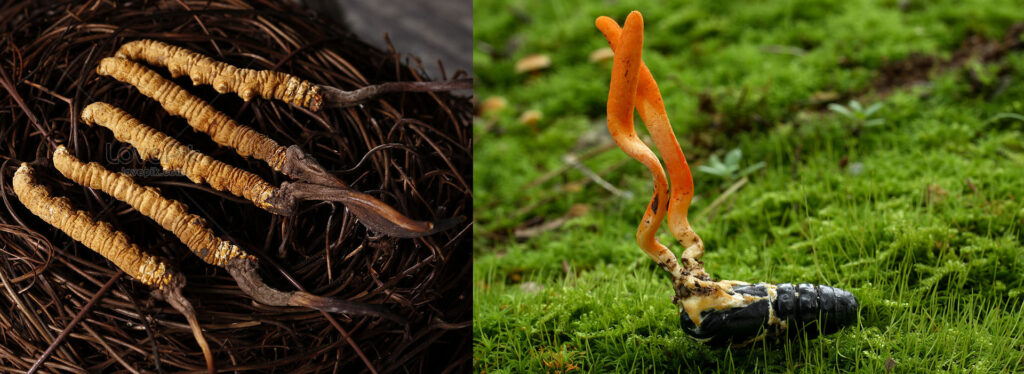

Products
Click on a product to learn more about its features
⬥ Recommended order of use

Shop the Line
⬥ International retailers
⬥ South Korean retailers
Make sure to check out the Discount & Coupons page to access exclusive offers for major Korean skincare retailers.

Notes
1. 김은진. (2003). “나도 한번쯤 써보고 싶다! 피부 보약, 한방 화장품.” 레이디경향.
2. Massudi, Hassina & Grant, Ross & Braidy, Nady & Guest, Jade & Farnsworth, Bruce & Guillemin, Gilles. (2012). Age-Associated Changes In Oxidative Stress and NAD Metabolism In Human Tissue. PloS one. 7. e42357. 10.1371/journal.pone.0042357.
3. 나누리. (2023, February). 천문동[天門冬]의 효능과 섭취방법 알아보기. 나누리 블로그.
4. 김경동. (2005). “혼돈시대의 강정제 “자하거(紫河車).”” 신동아.
5. 김태인. (2020). “Gyeongokgo Is Known to Rejuvenate Our Body and Strengthen Immunity – 월간파워코리아.” Power Korea
6. Haejuclinic. (n.d). “Haeju Gyeongokgo.”
7. Hou, David Anderson, Chia-Yi. (2021). “The World’s Most Valuable Parasite, Caterpillar Fungus, Can Cost up to $63,000 per Pound.” Business Insider.
8. Kim, Hyo Jin et al. (2015) “Suppression of Cellular Senescence by Cordycepin in Replicative Aged Human Dermal Fibroblasts,” Journal of the Society of Cosmetic Scientists of Korea. 대한화장품학회, 41(2), pp. 135–141. doi: 10.15230/SCSK.2015.41.2.135.
